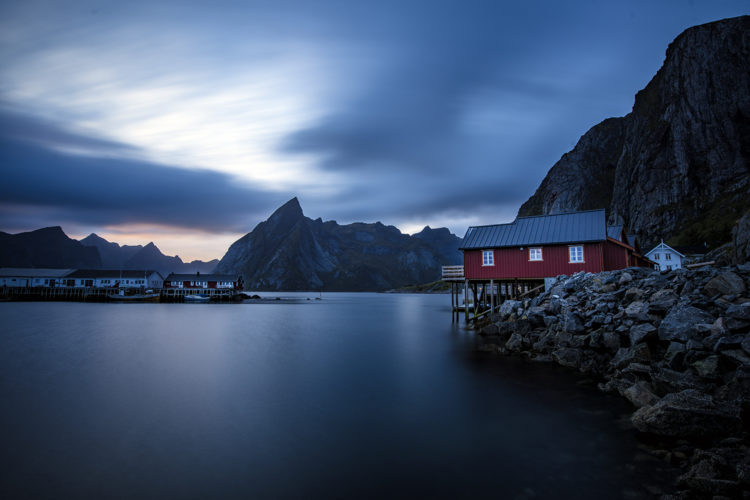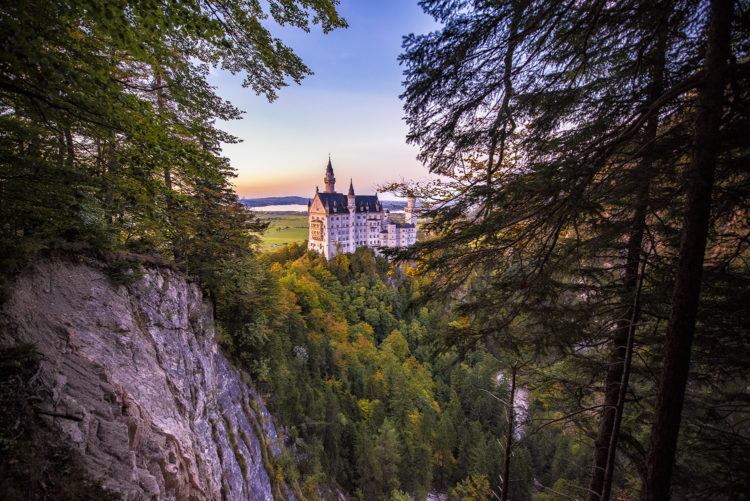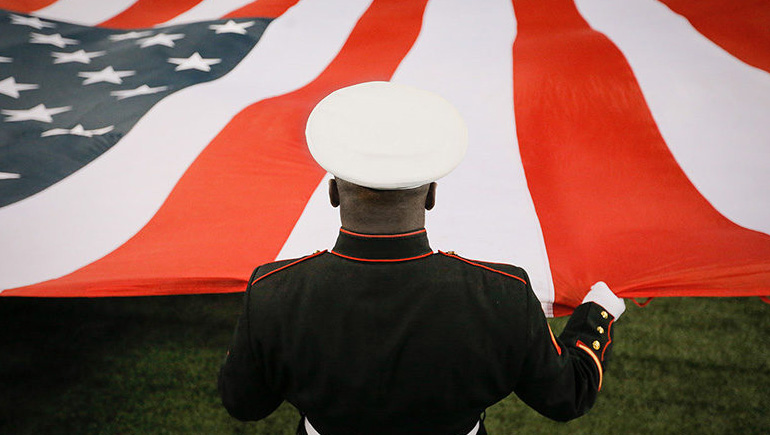I’m Dave Williams, and I’m back again, right here on Scott Kelby’s Photoshop Insider for my weekly #TravelTuesday post—straight from across the pond in (not so) sunny England. Today, I’m going to lay down some tips for shooting wide, which have come from my realisation that I’ve been carrying around a 14–24mm, 24–70mm, and 70–200mm lens almost everywhere I go, but haven’t actually used the 24–70mm for a very, very long time! Instead, I’ve opted for the 14–24mm to take in a much wider scene.

The most important points to note when shooting with such a wide lens are these:
It will make big things seem smaller! This can mean that our point of interest can be lost amongst the larger scene and we really do need to consider this when we’re composing the scene.
It needs a foreground element to work well. This is because there’s so much in the frame that if we didn’t have a foreground, we’d risk creating a confusing mess of a photo, with the viewer’s eye wandering around a large scene and getting lost without anything, in particular, drawing their attention around the edges. When setting up and composing our shot with a wide angle lens, just the smallest movement can make a huge difference to the foreground element. Whatever foreground element we choose, be it a road or some other leading line, or perhaps something like water to support the atmosphere of our composition, it must support and direct to the background to work just right. Because the foreground is so much more emphasised with a wide angle lens it really must be carefully considered and composed.
It will put more of the scene in focus. The depth of focus from a wide angle lens is so much greater than other, longer lenses and, therefore, it’s easier to catch a lot more of the image in focus. What we can potentially lose in distortion, which we can, of course, deal with in post, we are going to gain in overall sharpness throughout the scene.

Having a wide angle lens in the arsenal is a fantastic thing for many genres of photography, but in particular for landscapes. When it’s used carefully and properly it can help us create some truly powerful and dramatic images, so use it right and step your photography up a gear!
Much love
Dave





Your blog is very helpful for a Best Photographer and me . This blog’s point is very impotent .A picture is worth a thousand words! Artists want to express their feelings and emotions through their pictures, people love nature and want to capture its beauty. Thank you so much .